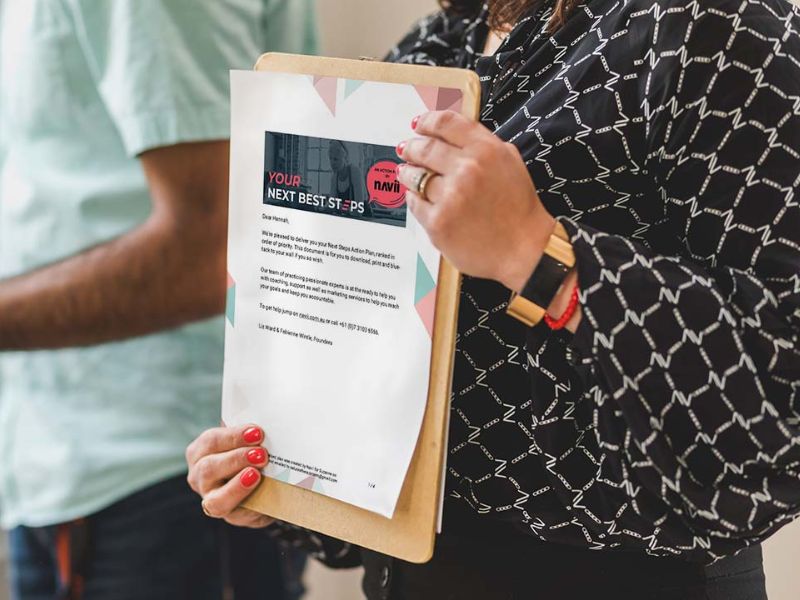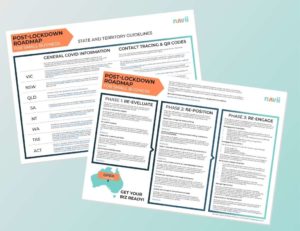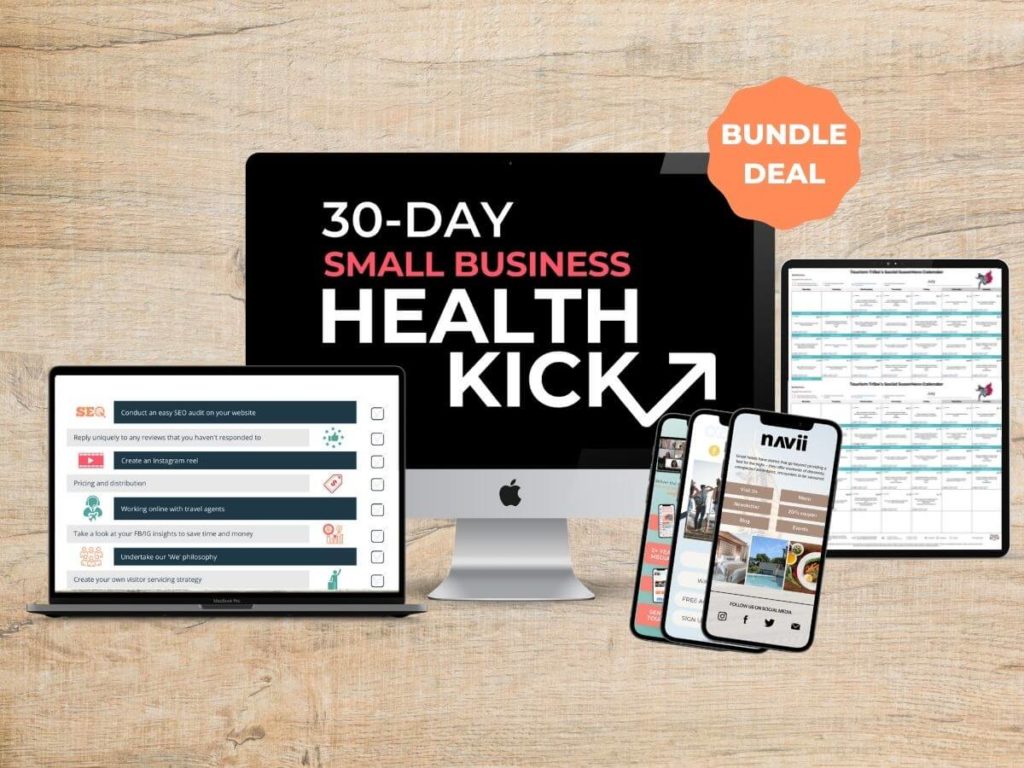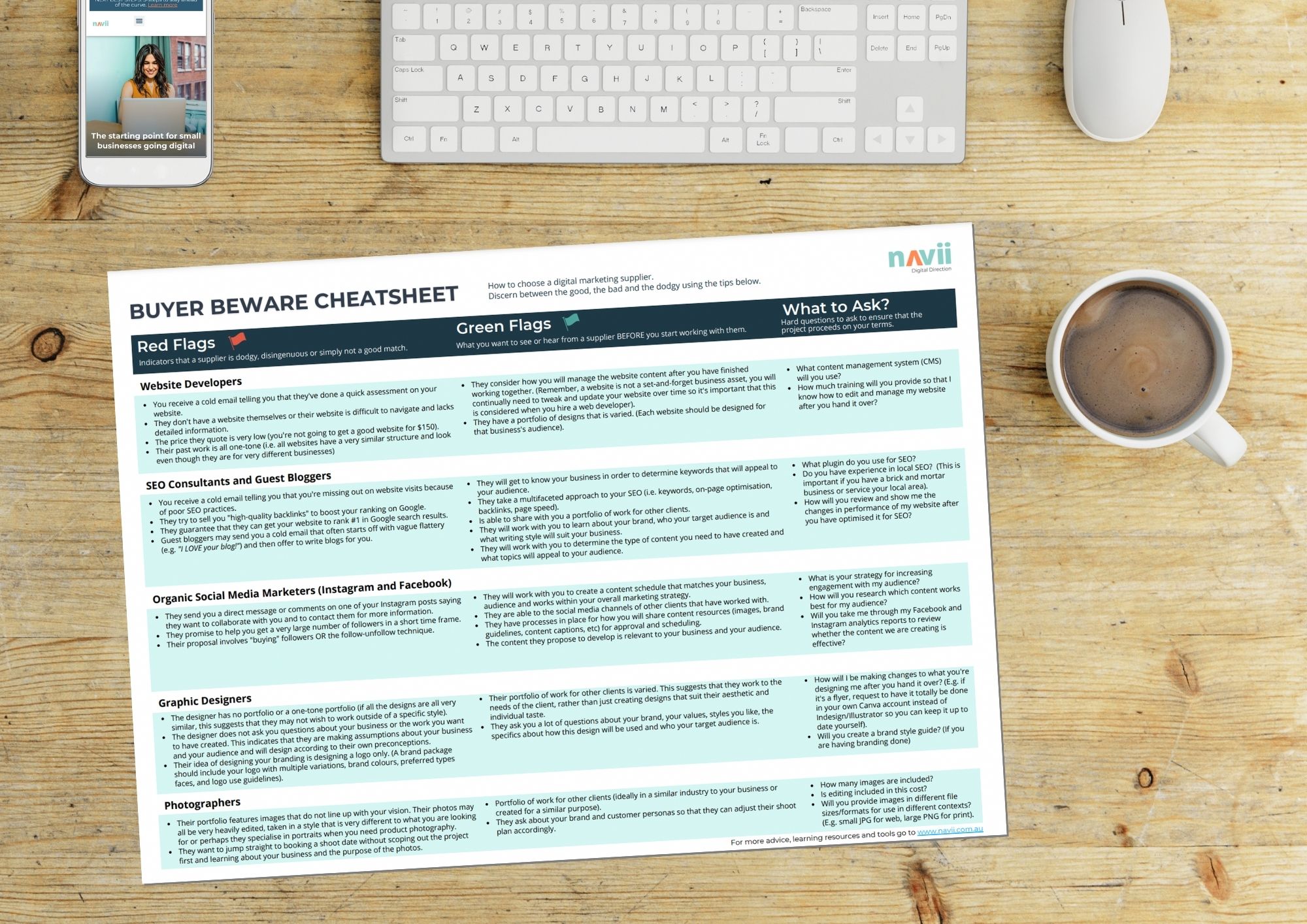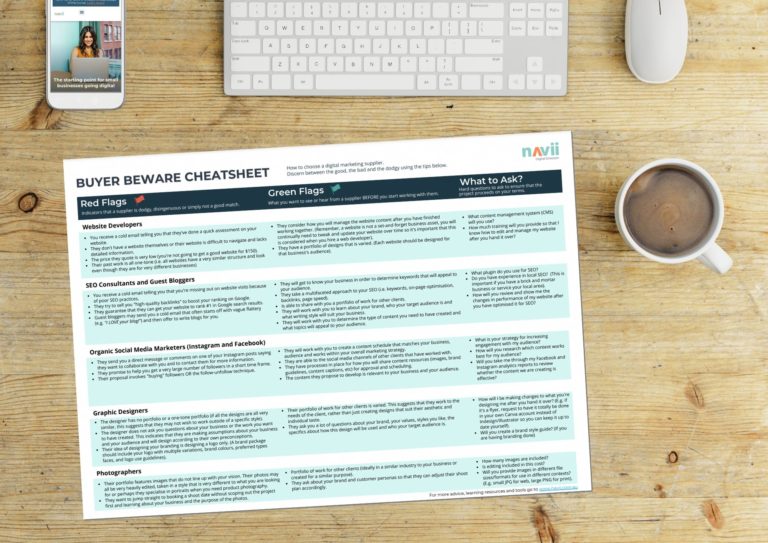When a business is looking to grow or achieve certain sales targets it will need to have a meaningful marketing strategy that supports its business growth or sales goals and includes marketing objectives and planned activities. Amongst other things, they will need to be clear about their target markets’ preferred channels and have a crystal clear understanding of their customer personas. In this post learn the steps to creating an avatar of your ideal customers.
Why Define Your Ideal Customer
In uncertain markets, like during COVID lockdowns, your target markets can change rapidly. For example, if you operate a tourism business you probably have lost your interstate and international markets, however, you now have a more localised intrastate market.
Also, new opportunities can present themselves, for example, you may identify a new online market because you have developed a new product that you can sell through your website.
Personalisation is a driving force in marketing today, people do not respond to marketing that is not targeted to specific target audiences. Advancements in data-driven marketing and online platforms like Google and Facebook have led to this change and increased consumer expectations to be presented with products and to be presented with information that is highly relevant to them.
Therefore, for you to keep pace with consumer expectations and your competitors you need to have a crystal clear understanding of who your ideal customer is and their needs. You can then refine your products/services and marketing to align with their needs.
Clarify Your Target Market
The first step in creating a clear definition of your ideal customer is to define your target markets. Below is a simple template to do this and shows three different examples for different business types.
Sample Target Market A:

Sample Target Market B:

Sample Target Market C:

Develop Your Target Market Customer Personas
So now that you have clarified your target market, congratulations! That is a positive step to bring focus to your marketing, but your ideal customer is still not well enough understood for today’s marketing environment unless you can develop a detailed profile of their characteristics and needs.

Developing personas empowers you to develop content, use channels and deliver products, services and customer experiences to attract, engage, convert and delight them.
Think of your ideal customer from your primary target market. What do they look like? What is their life stage? What do they earn? Where do they live? What social media channels and media do they prefer? What are their “pain points”?
In other words, what annoys them and can be translated into potential obstacles to them choosing your business? Or look at it another way…what are their pain points that translate to the services or products you provide that can solve their problems?
You already know a lot of these answers because you interact with these people regularly (or you’ve done your research really well).
Using a template like the one shown below complete ideal customer personas for your primary and secondary markets. This will provide you with an excellent starting point to build out your marketing strategy.
Create your customer personas
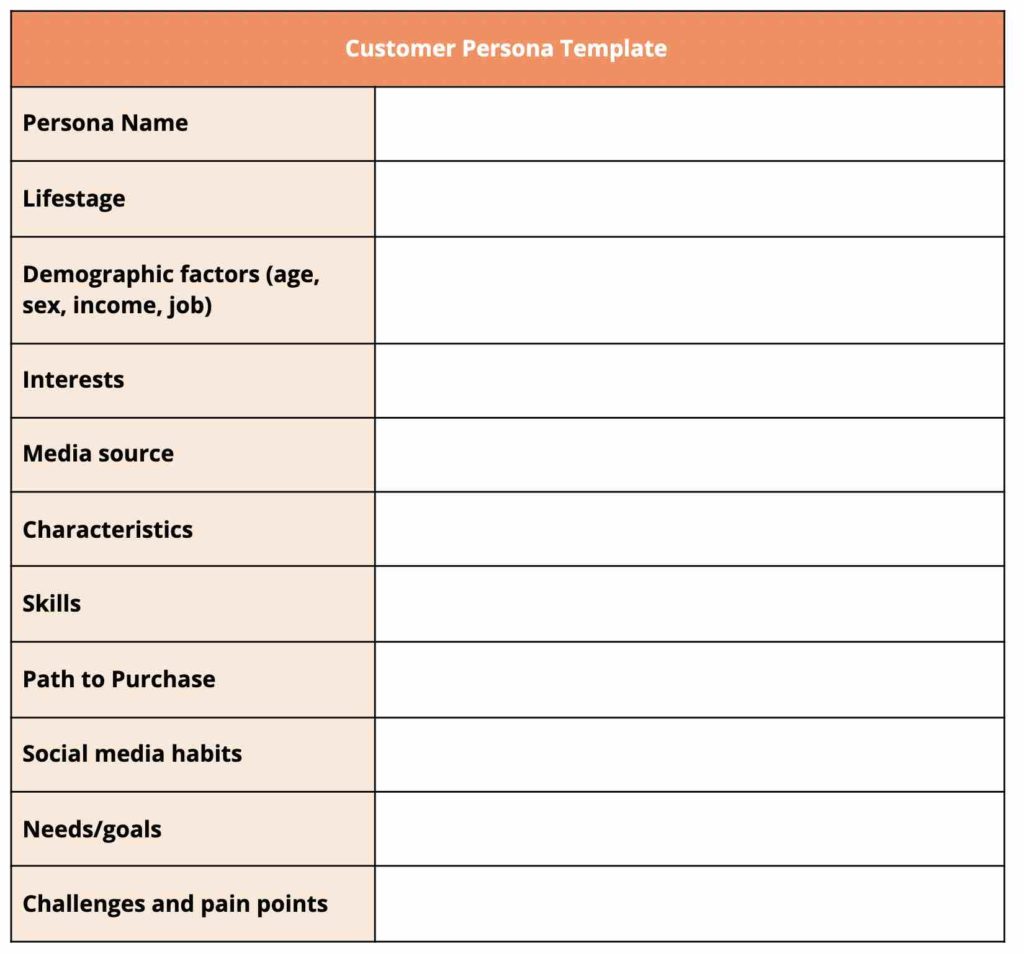
Put each persona you develop onto A4, include a photo to represent the persona and share these with your team. Pin it to the wall to be reminded of how to best connect with your ideal customers in the experiences you deliver as well as your marketing activities and content.

The list of attributes in your personas can be as long as you like, but the result should be clarity for you and your staff on the personal characteristics of typical and ideal members of your target markets and a clear picture in your minds on which to base your marketing decisions. In the context of digital marketing and social media, those decisions will include how to communicate with your target market, what kind of content to develop and where to distribute it.
Lesson three of our Digital Bizkeeper 101 program includes templates and examples of customer personas and how to make the best use of them in your marketing strategy.
A version of this article first appeared on Tourism Tribe on 2nd September 2021.


